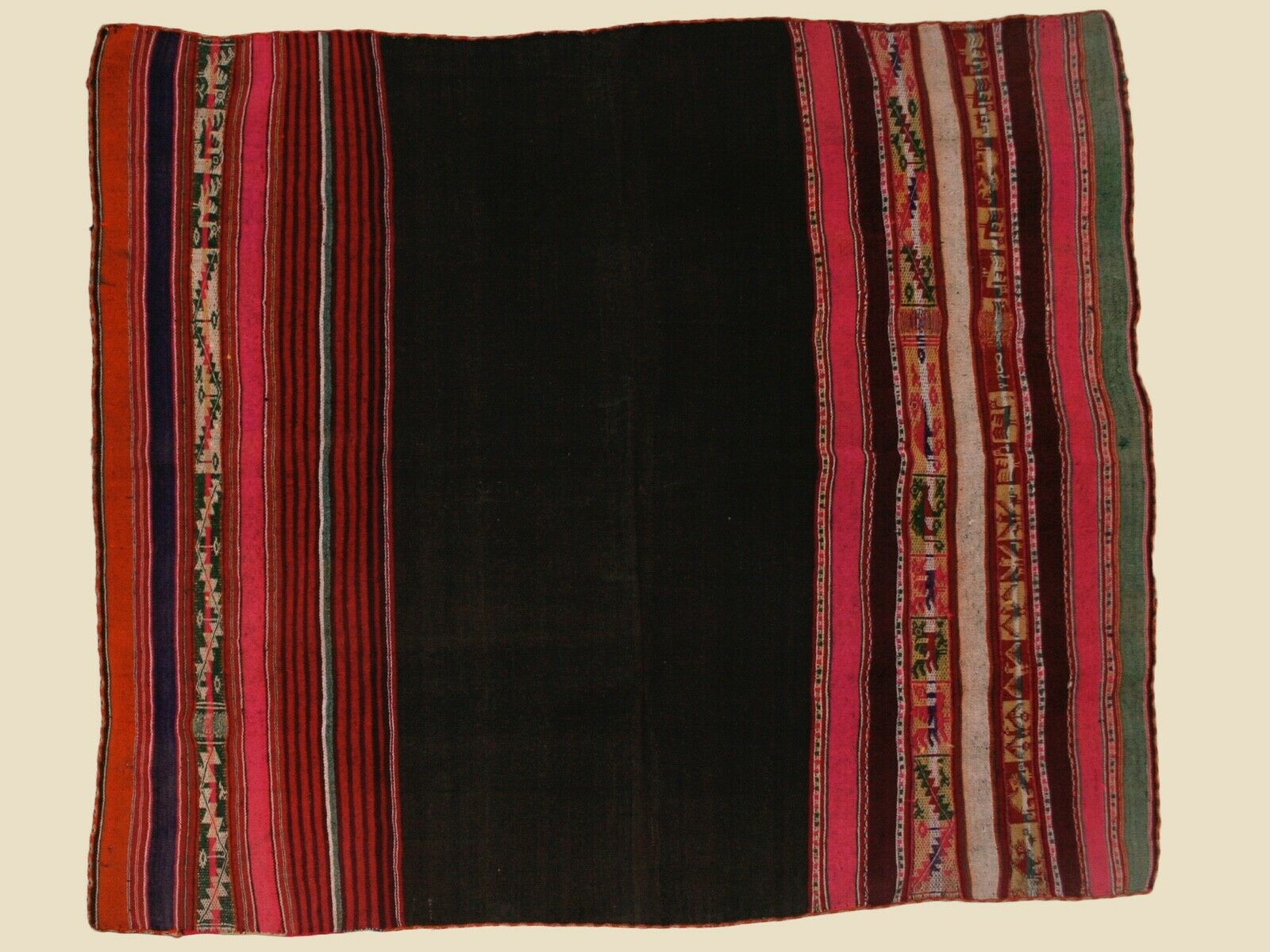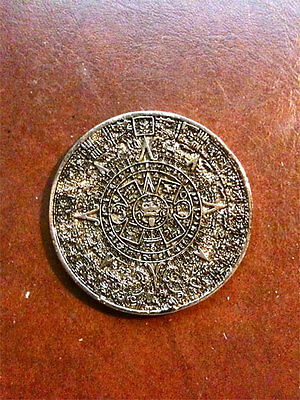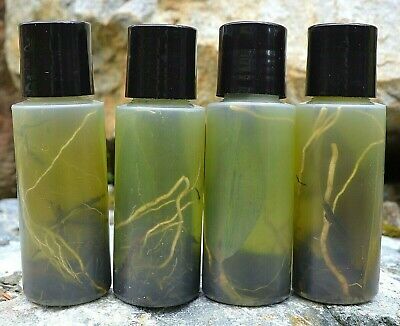-40%
Vintage Bolivian Aguayo Rich in Symbols and Color 39” x 44” (Item 7327)
$ 150.47
- Description
- Size Guide
Description
This beautiful traditional Quechua aguayo is dominated by a dark brown center on both sides of the center seam (backstrap loom width of 22”) and edged with a combination of color stripes and figurative bands. A variety of harmonious colors are used, orange, red, green, black, magenta, yellow and indigo. A distinctive element of this tapestry is that the right and left sides of the weaving do not match as one would normally expect, as if two different aguayo halves were combined. Most of thezoomorphic
imagery on this aguayo are bird-like creatures, condor, and other beaked and feathered birds often depicted with their young; another curious figure resembles a lizard. Orange edging, with red, white, and indigo knit diamond shapes or “eyes,” surround the entire piece.
Overall dimension is 44” wide x 39” long. Thread count is 26 threads per inch. It was acquired in Cochabamba, Bolivia in 1967.




















